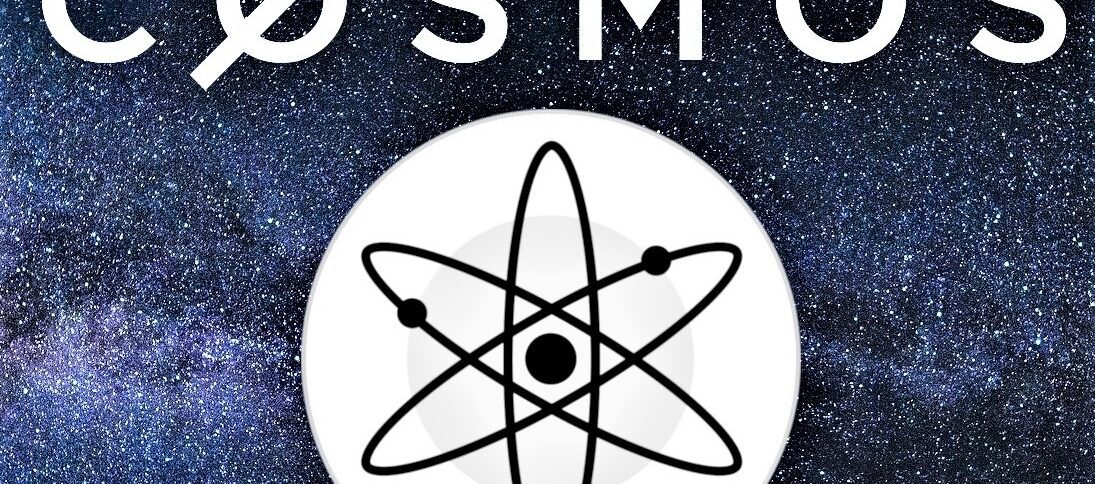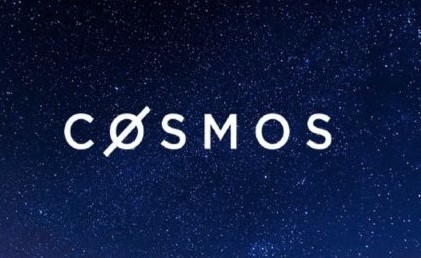
Cosmos
The Cosmos project attempts to create an “Internet of Blockchains” platform by facilitating the interaction between blockchains. This process, named Inter-Blockchain Communication (IBC), started in the first quarter of 2021. Here, multiple blockchains work together to reduce the need for one part of the blockchain to process others. Also, it allows developers to design their blockchain in less time.
Who founded the Cosmos?
Cosmos was founded by developers Jae Kwon and Ethan Buchman, who worked together to create the Tendermint consensus algorithm (which currently powers the Cosmos network). The Interchain Foundation (ICF), a Swiss non-profit organization that specializes in supporting open blockchain projects, also helped Kwon and Buchman develop and launch Cosmos.
History of Cosmos (ATOM) and the team behind the project
Jae Kwon started the Cosmos project. It also created a platform called Tendermint that works as a consensus engine for blockchain protocol authorization. Tendermint works with platforms like ErisDB and Monax to manage their blockchain. Jae Kwon will hire other developers to support and support Tendermint as it grows rapidly. The team behind Cosmos is made up of 21 people from diverse backgrounds, including blockchain architects, software engineers, researchers, marketers, and developers.
Jae Kwon’s goal is to create an ecosystem where different blockchain applications can easily interact and join their community networks while still accessing the services provided by other blockchains. In this way, it aims to make inter-blockchain communication easier than ever!
What makes Cosmos special
Cosmos sees itself as the third startup of blockchain technology (after Bitcoin and Ethereum). It allows developers to create blockchains designed for specific use cases, called application-specific blockchains, which can be connected to transfer data between them. Although Cosmos aims to encourage Web3 developers to create decentralized services, it does so independently of Ethereum’s smart contract architecture. Instead of building dApps (distributed applications) on a foundational blockchain, Cosmos has created a protocol that allows developers to build independent blockchains.
Cosmos developers don’t have to rely on the consensus or network infrastructure of layer 1 blockchains like Ethereum. When crypto enthusiasts build on Cosmos, they can create their own blockchain that fits their specifications. Instead of dApps and smart contracts, Cosmos gives Web3 developers the most freedom to develop blockchain while using the security of its Tendermint algorithm. But Cosmos doesn’t help Web3 developers create standalone blockchains. Many crypto enthusiasts associate Cosmos with the word “interoperability,” which refers to communication between blockchains. Currently, it is difficult to integrate different blockchains due to their unique verification process and code specification. Although passive bridges help transfer value across the blockchain network, they have been vulnerable to hacks.

Cosmos has developed an inter-blockchain communication (IBC) system that enables communication between blockchains. The Cosmos team is also working on blockchains called “peg-zones” that can be integrated with services outside of the Cosmos ecosystem. For example, Cosmos can transmit a regional peg between Bitcoin and Ethereum.
On top of all these features, Cosmos can handle 10,000 transactions per second (TPS), has low gas costs, and has a minimal impact on the environment due to its proof-of-stake (PoS) structure.
Cosmos working Principle
Cosmos blockchain takes a three-tiered approach. The three main levels of Cosmos include the Tendermint Core, the Blockchain Interface, and the Cosmos SDK. These layers work together to make Cosmos work powerful.
The Tendermint layer has two main components. It has a blockchain-based consensus engine and software. The verification machine makes sure that the statistics record the same transaction and in the same order. The application allows transaction processing in all programming languages. Both of these features allow developers to quickly build apps using their own rules.
The next layer provides an inter-blockchain communication system. These processes allow the blockchain to interact with each other. In addition, Cosmos consolidates the blockchain into regions. Each region should establish a connection to the Cosmos space. This allows the transfer of tokens across the blockchain. The system is fast and safe. This method is revolutionary. This allows Cosmos to have scalability. This means that Cosmos has the ability to handle transactions from multiple blockchains.
What problem does Cosmos solve?
scalability
The decentralized applications built on the Ethereum blockchain are limited by a share price of 15 transactions per minute. The reason is that Ethereum is still using a proof-of-work system and its dApps are competing for the same amount of blockchain money.
The problem is not only with Ethereum but with every blockchain creating a single platform that will fit all use cases.
Cosmos Solution
Cosmos offers two types of scalability:
vertical scalability
It provides a framework for blockchain mining. Tendermint BFT can handle thousands of transactions per second by leveraging its infrastructure and away from proof of work.
vertical scalability
Although the application and the approval agreement are very good, the business integration of the same chain is falling, which it cannot pass. This is the limit of horizontal scalability. Multi-chain architectures provide a solution to this limitation. Implementing multiple parallel chains running the same application and performing the tasks of the same actors can make the blockchain have an infinite set of rules. Cosmos offers horizontal scalability at launch, which is a huge improvement over existing blockchains and will implement horizontal scalability solutions after the IBC module is completed.
Benefits of COSMOS :
Relationship:
COSMOS has solved the complexity of network communication. Any blockchain can use the network and establish connections with any other blockchain for seamless operation. Compensation:
Holders can redeem ATOM tokens and earn annual interest of approx. 9.70%. A minimum of 1 ATOM is required to qualify to receive paid commissions.
Language Change:
ABCI allows developers to code DAPPS in any language without worrying about cross-platform compatibility. This is one of the best features of the COSMOS network.
A growing ecosystem:
As I explained earlier, COSMOS has received a lot of attention from developers. With the COSMOS SDK, it is poised to grow faster than any other competitor in its space.
Shop of value:
The ATOM token is one of the most popular coins that has made it into the list of 20 cryptocurrencies by the market capitalization. It’s really a new height next to the cow speed. Therefore, a good store that is useful that can understand the price. Dessin COSMOS Crypto

